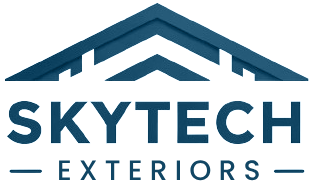What Are the Risks of Not Replacing an Old Roof?
As a homeowner, the roof over your head is more than just a
covering—it’s a vital component that protects your family and belongings from
the elements. Over time, roofs age and can deteriorate, presenting various
risks if not replaced in a timely manner. In this guide, we explore the
potential hazards of delaying roof replacement, signs that indicate an aging
roof, cost considerations, and the importance of proactive maintenance to
safeguard your home.
Signs of an Aging Roof
Visible Wear and Tear:
Inspect your roof regularly for signs of wear such as
cracked, curled, or missing shingles, as well as rusted or damaged flashing
around chimneys, vents, or skylights.
According to research by the National Roofing Contractors
Association (NRCA), visible roof damage can accelerate as the roof ages,
compromising its effectiveness.
Interior Water Damage:
Water stains on ceilings or walls, sagging spots, or mold
growth in attic spaces can indicate roof leaks, which become more common as
roofs age and materials deteriorate.
The Insurance Information Institute (III) notes that water
damage is among the top reasons for homeowners insurance claims, highlighting
the risk of delaying roof replacement.
Energy Inefficiency:
Older roofs may lack adequate insulation or ventilation,
leading to increased energy consumption as heating and cooling systems work
harder to maintain indoor comfort.
The U.S. Department of Energy reports that energy-efficient
roofing materials and proper installation can significantly reduce energy costs
and enhance home comfort.
Risks of Delaying Roof Replacement
Structural Damage:
A deteriorating roof can compromise the structural integrity
of your home, leading to costly repairs or even structural collapse in severe
cases.
FEMA (Federal Emergency Management Agency) emphasizes the
importance of maintaining roof structural integrity to withstand severe weather
conditions.
Increased Repair Costs:
Delaying roof replacement can result in frequent and costly
repairs as minor issues escalate into major problems requiring extensive
repairs or even full roof replacement.
ASHI (American Society of Home Inspectors) advises
homeowners to address roof issues promptly to prevent escalating repair costs
and maintain home value.
Health Risks:
Roof leaks and moisture buildup can contribute to mold
growth, compromising indoor air quality and posing health risks, especially for
individuals with respiratory conditions.
The Environmental Protection Agency (EPA) recommends
addressing water intrusion promptly to mitigate health hazards associated with
mold and mildew.
Cost Considerations and Long-Term Savings
Comparative Cost:
While roof replacement involves upfront costs, it can be
more cost-effective in the long run compared to ongoing repairs and increased
energy bills associated with an aging roof.
According to NAHB (National Association of Home Builders),
investing in a new roof with quality materials and installation can enhance
home value and reduce maintenance expenses.
Insurance Implications:
Homeowners insurance policies may provide coverage for roof
replacement due to age-related wear and tear or damage caused by covered perils
such as wind, hail, or fire.
Consult with your insurance provider to understand coverage
options, deductibles, and exclusions related to roof replacement and repairs.
Importance of Proactive Maintenance and Replacement
Regular Inspections:
Schedule annual inspections by licensed roofing
professionals to assess the condition of your roof and identify potential
issues before they escalate.
The NRCA recommends proactive maintenance to extend the
lifespan of your roof and ensure its ongoing performance.
Timely Replacement:
If your roof is nearing the end of its expected lifespan
(typically 20-30 years for most roofing materials), consider investing in
timely replacement to avoid the risks associated with an aging roof.
The III advises homeowners to budget for periodic roof
replacement as part of long-term home maintenance to protect against unforeseen
expenses and maintain property value.
Understanding the risks of not replacing an old roof is crucial for safeguarding your home’s integrity, reducing maintenance costs, and ensuring the comfort and safety of your family. By recognizing signs of roof aging, addressing issues promptly, and considering the long-term benefits of roof replacement, you can mitigate risks and enhance the resilience of your home against weather elements and structural wear. Remember, proactive maintenance and timely replacement are investments in the longevity and value of your property.


